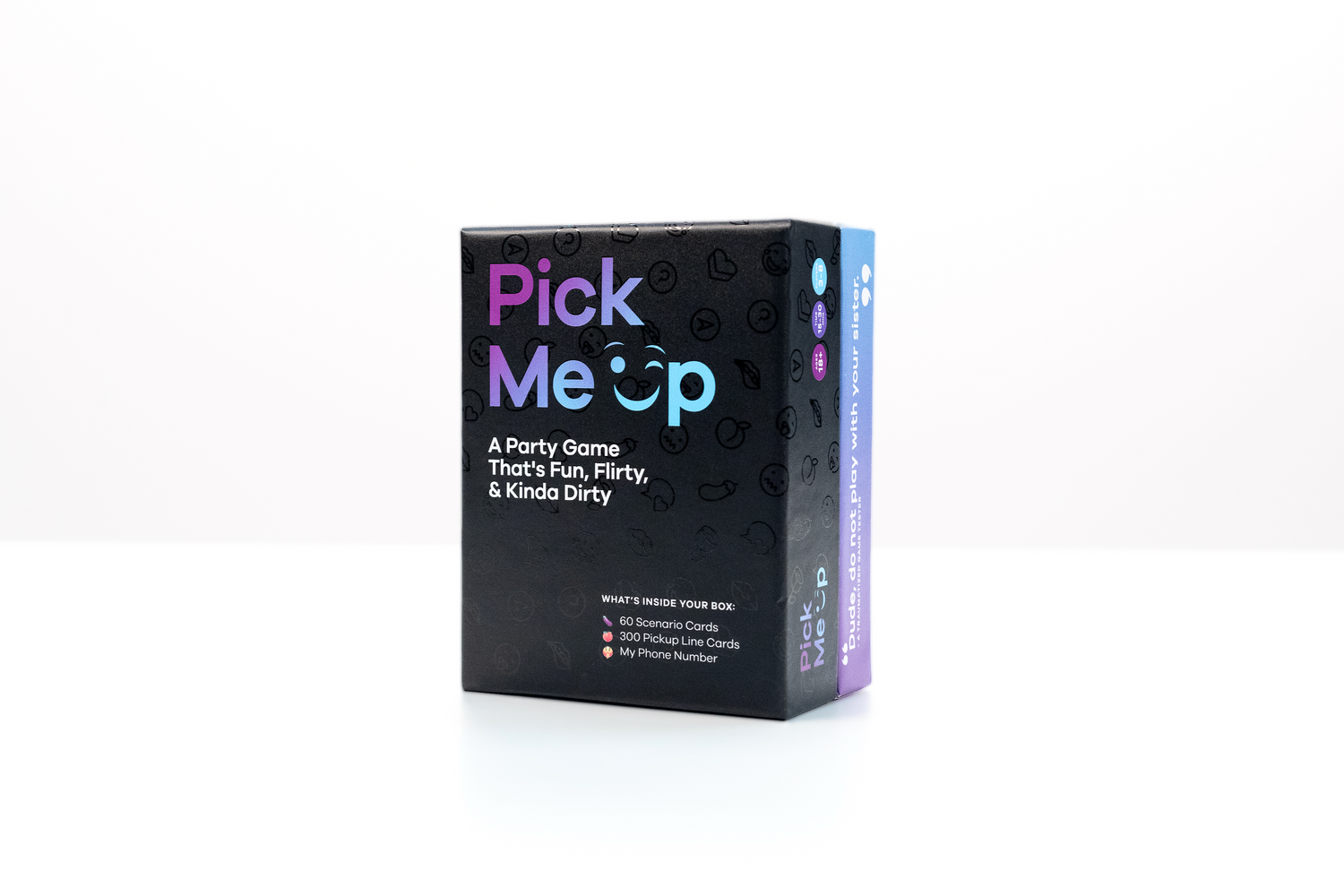In any setting—whether a workplace, social gathering, or community project—teamwork is the cornerstone of success. But building a cohesive team doesn’t happen overnight. It requires intentional efforts to foster trust, improve communication, and cultivate a shared sense of purpose.
This guide explores the art of teamwork and effective team-building strategies to help you create stronger connections, achieve collective goals, and ensure a rewarding group experience.
The Importance of Teamwork
1. Why Teamwork Matters
Teamwork isn’t just about dividing tasks. It’s about combining diverse skills, perspectives, and strengths to achieve more together than any individual could alone. Effective teamwork:
- Enhances productivity by leveraging diverse talents.
- Builds trust through shared responsibilities.
- Fosters creativity through collaboration.
2. The Challenges of Teamwork
While teamwork offers numerous benefits, it comes with challenges such as:
- Communication barriers.
- Conflicting personalities or work styles.
- Uneven distribution of responsibilities.
Recognizing and addressing these obstacles is the first step to improving collaboration.
What Is Team Building?
Team building involves activities and strategies designed to strengthen relationships and improve team dynamics.
Key Goals of Team Building:
- Build trust among team members.
- Improve communication skills.
- Develop problem-solving abilities.
- Encourage collaboration and accountability.
Benefits of Team Building:
- Creates a positive and motivated environment.
- Resolves conflicts by fostering understanding.
- Aligns the team towards a common goal.
Top Team-Building Strategies
1. Foster Open Communication
Encourage team members to share ideas, concerns, and feedback openly. Use techniques such as:
- Regular check-ins: Weekly or daily updates.
- Active listening: Ensuring everyone feels heard.
- Clear goal-setting: Avoid misunderstandings by defining roles and expectations.
2. Plan Interactive Team Activities
Team-building exercises create opportunities for members to bond in a relaxed setting.
- Icebreakers: Games like Pick Me Up Party Game are excellent for sparking lighthearted interaction and breaking down barriers.
- Problem-solving tasks: Escape rooms or group puzzles can strengthen collaboration.
- Outdoor activities: Activities like hiking or scavenger hunts promote trust and camaraderie.
3. Celebrate Achievements
Recognize and reward milestones, whether big or small. This helps boost morale and fosters a culture of appreciation.
- Host team lunches or celebratory events.
- Send personalized notes or small tokens of appreciation.
4. Build Trust Gradually
Trust is a foundational pillar of teamwork. Foster trust by:
- Ensuring transparency in decisions.
- Encouraging accountability within the group.
- Creating safe spaces for honest conversations.
5. Leverage Individual Strengths
Identify each team member’s unique strengths and align tasks to their abilities. Tools like personality assessments (e.g., Myers-Briggs or DISC) can help reveal individual traits and preferences.
Team-Building Activities to Try
1. The Pick Me Up Party Game
A playful, interactive game designed for adult groups. It involves drawing and responding to witty prompts, encouraging laughter and connection.
Why It Works:
- Breaks the ice in new teams.
- Encourages creativity and humor.
2. The Marshmallow Challenge
Teams compete to build the tallest tower using marshmallows, spaghetti, tape, and string.
Why It Works:
- Fosters creative problem-solving.
- Highlights the importance of planning.
3. Two Truths and a Lie
Each team member shares three statements about themselves—two truths and one lie. Others guess the lie.
Why It Works:
- Encourages personal sharing and bonding.
- Breaks down barriers in new teams.
How to Maintain Teamwork Long-Term
1. Set Clear Goals
Ensure everyone knows the team’s objectives and their role in achieving them. SMART goals (Specific, Measurable, Achievable, Relevant, Time-bound) are a great framework.
2. Create a Positive Team Culture
Promote inclusivity, respect, and support. Celebrate diversity and encourage open dialogue.
3. Continuously Evaluate and Improve
Conduct regular reviews to identify what’s working and areas for improvement. Use team feedback to make adjustments.
Building a Cohesive Team Takes Effort
Teamwork and team building are not one-time efforts but ongoing processes. By focusing on communication, trust, and shared goals, any group can transform into a cohesive, high-performing team. Whether it’s through engaging activities like the Pick Me Up Party Game or structured goal-setting strategies, the key is intentionality and consistency.
Start building your dream team today—because the best results come from working together.
FAQs
1. What is the main purpose of team building?
Team building aims to improve team dynamics, foster trust, and align members toward common goals.
2. How can games improve teamwork?
Games encourage collaboration, communication, and bonding in a fun, low-pressure environment.
3. What are some effective team-building activities?
Activities like Pick Me Up Party Game, The Marshmallow Challenge, and outdoor adventures are excellent for fostering teamwork.
4. How do you resolve conflicts in a team?
Encourage open communication, identify the root cause, and work collaboratively to find a solution.
5. How do you measure team success?
Team success can be measured through achieving goals, improved relationships, and overall satisfaction within the group.


